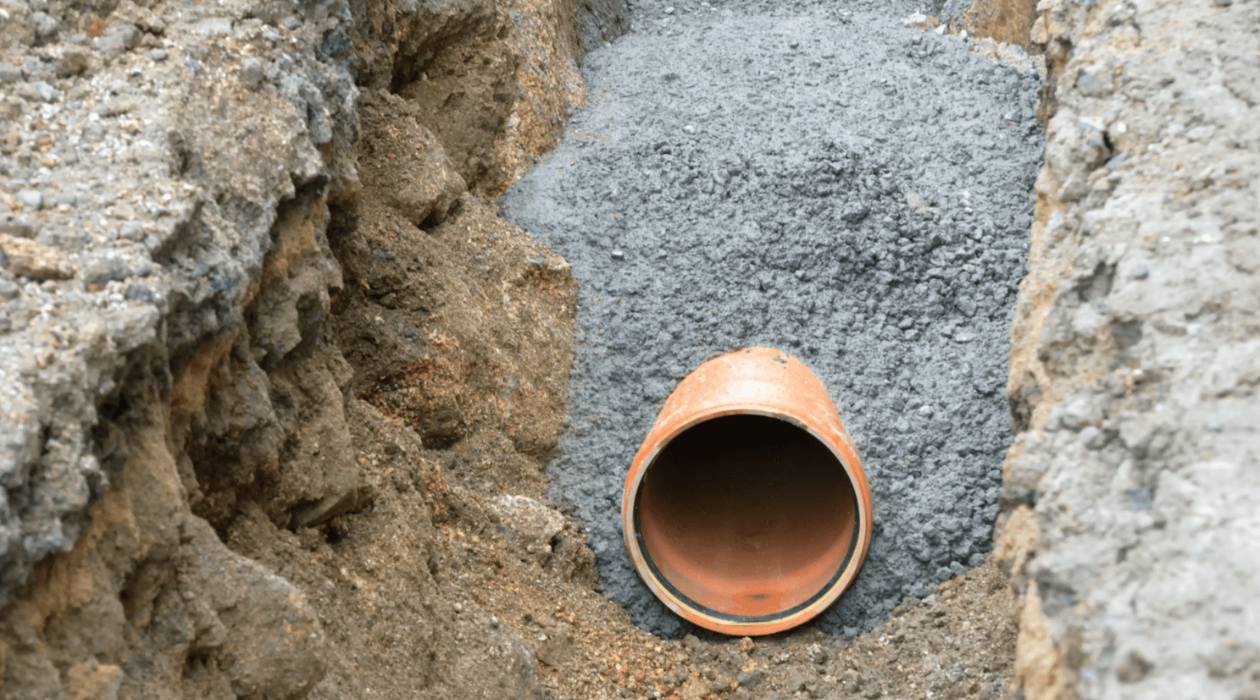

Articles
How Deep Should Plumbing Be Under A Slab
Modified: January 6, 2024
Find out the ideal depth for plumbing installation beneath a concrete slab in this informative article. Learn all about plumbing depth and get helpful tips.
(Many of the links in this article redirect to a specific reviewed product. Your purchase of these products through affiliate links helps to generate commission for Storables.com, at no extra cost. Learn more)
Introduction
When it comes to plumbing installations, one of the key considerations is how deep the plumbing pipes should be installed under the slab. The depth at which the pipes are installed plays a crucial role in ensuring the proper functioning of the plumbing system. Getting the depth right is essential in avoiding potential problems such as leaks, clogs, and damage to the foundation.
In this article, we will explore the factors to consider when determining the depth of plumbing pipes under the slab. We will also delve into the building codes and regulations that dictate the minimum depths for plumbing installations. Additionally, we will discuss the recommended depths for different types of plumbing pipes and methods to determine the appropriate depth for a specific project. Lastly, we will touch on some potential issues that may arise with under-slab plumbing and provide possible solutions.
Understanding the proper depth for plumbing pipes under the slab is vital for homeowners, contractors, and plumbers alike. It ensures the functionality and longevity of the plumbing system and prevents costly repairs and inconveniences down the line.
Key Takeaways:
- Proper depth for plumbing pipes under the slab is crucial for functionality and longevity. Factors such as soil conditions, water table level, and climate must be considered to determine the optimal depth.
- Adhering to building codes and regulations is essential to ensure compliance and avoid potential legal consequences. Consulting with licensed plumbers and performing soil testing can help accurately determine the appropriate depth.
Read more: How To Fix Plumbing Under Slab Leak
Factors to Consider
When determining the depth at which plumbing pipes should be installed under the slab, several factors need to be taken into consideration:
- Type of Plumbing System: The type of plumbing system being installed will impact the depth at which the pipes should be placed. Different systems, such as water supply, drainage, and sewer systems, may have varying requirements.
- Soil Conditions: The type and condition of the soil beneath the slab play a significant role in determining the depth of the plumbing pipes. Soils with high saturation or poor compaction may require deeper installation to prevent shifting or settling.
- Water Table Level: The level of the water table in the area is another crucial factor. If the water table is high, it may be necessary to install the pipes at a greater depth to prevent water intrusion.
- Climate: The climate in which the building is located can affect the depth requirements. In regions with freezing temperatures, pipes need to be installed deeper to protect them from potential freezing and bursting.
- Building Design: The layout and design of the building can impact the depth of the plumbing pipes. Factors such as the number of floors, fixtures, and distance between fixtures will influence the depth requirements.
- Access for Maintenance: It is essential to consider accessibility for future maintenance or repairs. Installing the pipes at a depth that allows for accessibility can save time and costs in the long run.
By carefully considering these factors, plumbing professionals can determine the optimal depth for plumbing pipes under the slab. It is crucial to strike a balance between fulfilling the functional requirements of the plumbing system and ensuring long-term durability and ease of maintenance.
Building Codes and Regulations
Building codes and regulations play a significant role in determining the minimum depths for plumbing installations under the slab. These codes ensure that plumbing systems meet certain standards of safety, functionality, and longevity. It is crucial to adhere to these codes to ensure compliance and avoid potential legal consequences.
Building codes vary by jurisdiction, so it is essential to consult the local building department or plumbing authority for specific requirements in your area. However, there are some general guidelines that most codes adhere to:
- Frost Line Depth: In regions with freezing temperatures, building codes typically require plumbing pipes to be installed below the frost line. The frost line is the maximum depth to which the ground freezes during the coldest winter months. This requirement helps prevent frozen pipes and potential damage.
- Minimum Clearances: Building codes specify minimum clearances between plumbing pipes and other materials or structures, such as footings, walls, and electrical cables. These clearances ensure that there is sufficient space for proper installation, maintenance, and repairs.
- Backflow Prevention: Building codes often require backflow prevention devices to be installed at appropriate locations to prevent the contamination of water supply. The depth at which these devices are installed may be specified in the codes.
- Local Regulations: Certain regions or municipalities may have additional requirements or regulations specific to under-slab plumbing installations. These could include seismic considerations, regional water conservation measures, or specific plumbing material restrictions.
It is crucial for plumbers and contractors to be familiar with the applicable building codes and regulations in their area. Failure to comply with these regulations can result in costly fines, project delays, or even the need to redo the plumbing installation.
Consulting with local authorities, such as building departments or plumbing inspectors, can provide valuable insights into the specific requirements for plumbing pipe depths under the slab. By following these codes and regulations, professionals can ensure that plumbing installations meet the necessary standards of safety and functionality.
Recommended Depths for Plumbing Pipes
While building codes provide the minimum depths for plumbing pipe installations under the slab, there are also recommended depths that professionals often follow to ensure optimal performance and longevity of the plumbing system. These recommendations are based on industry standards and best practices. However, it is important to note that these depths may vary depending on specific factors, such as the type of plumbing system and local regulations.
Here are some general guidelines for the recommended depths of different types of plumbing pipes under the slab:
- Water Supply Pipes: Water supply pipes, such as those carrying potable water, are typically installed at a depth of 12 to 18 inches below the grade. This depth helps protect the pipes from potential damage due to freezing temperatures or ground shifting.
- Drainage and Sewer Pipes: Drainage and sewer pipes are typically installed at a greater depth, usually around 18 to 24 inches below the grade. This depth helps ensure proper drainage and prevents potential blockages or backups in the system.
- Gas Supply Pipes: Gas supply pipes should be installed at a depth of at least 18 inches or as specified by local codes. This depth helps protect the pipes from potential damage and ensures the safe distribution of gas within the building.
- Other Utility Pipes: Depending on the specific utility, such as irrigation or electrical conduits, the recommended depths may vary. It is important to consult local codes and regulations for the recommended depths of these utility pipes.
Remember, these are general recommendations, and it is crucial to consider the specific factors mentioned earlier, such as soil conditions, water table level, and climate, to determine the appropriate depths for plumbing pipes under the slab. Consulting with a licensed plumber or building professional can help ensure that the depths meet the specific requirements of your project.
By following these recommended depths, professionals can help reduce the risk of potential problems, such as leaks, clogs, and damage to the plumbing system, resulting in a properly functioning and reliable plumbing installation.
Plumbing pipes should be buried at least 18 inches deep under a concrete slab to protect them from damage and freezing. It’s important to follow local building codes and consult with a professional plumber for specific requirements.
Determining the Depth
Determining the appropriate depth for plumbing pipes under the slab requires careful consideration of various factors. Here are some methods and considerations in determining the depth:
- Consult Local Building Codes: Start by consulting the local building codes and regulations. These codes often provide guidelines on the minimum acceptable depths for plumbing installations based on factors such as climate, soil conditions, and frost line depth. Adhering to these codes is essential to ensure compliance and avoid potential issues in the future.
- Work with a Licensed Plumber: Engaging the expertise of a licensed plumber is crucial in determining the appropriate depth for plumbing pipes. A professional plumber will have the knowledge and experience to assess the specific factors of your project and recommend the optimal depth for the plumbing system.
- Consider Site Conditions: Evaluate the site conditions to determine the depth of the plumbing pipes. Factors such as soil type, water table level, and climate can influence the required depth. Soils with poor compaction or high saturation may require deeper installations, while areas prone to freezing temperatures may necessitate installing pipes below the frost line.
- Perform Soil Testing: Conduct soil testing to assess the soil’s bearing capacity and compaction. This information can help determine if additional measures need to be taken, such as soil stabilization or reinforcement, to ensure the stability and integrity of the pipes installed at the desired depth.
- Consider Accessibility for Maintenance: It is important to consider the accessibility of plumbing pipes for future maintenance and repairs. While it is necessary to install the pipes at the appropriate depth, providing sufficient access points or installation of cleanouts can make servicing the system easier and more cost-effective in the long run.
- Seek Professional Advice: If you are unsure about determining the depth for plumbing pipes under the slab, it is always advisable to seek professional advice. Consulting with a licensed plumber or building professional can help address any specific concerns and ensure that the depth is determined accurately.
By carefully considering these methods and factors, you can determine the most suitable depth for plumbing pipes under the slab. This will ensure the proper functionality and longevity of the plumbing system and minimize the risk of future issues.
Read more: How Deep Should Pool Plumbing Be
Potential Issues and Solutions
While proper planning and adherence to building codes can help mitigate potential issues with plumbing pipes installed under the slab, there are still some common problems that may arise. Here are some of the potential issues and possible solutions:
- Leakage: One of the most common issues with under-slab plumbing is the occurrence of leaks. Leaks can lead to water damage, mold growth, and compromised structural integrity. Regular inspections and maintenance can help identify and address leaks early on. Depending on the severity of the leak, solutions may include repairing or replacing the affected section of the pipe.
- Blockages: Blockages in under-slab plumbing pipes can lead to backups and slow drainage. Regular maintenance, including drain cleaning and rooter services, can help prevent blockages. If blockages occur, techniques such as hydro-jetting or using drain snakes can be employed to clear the pipes.
- Corrosion: Over time, plumbing pipes may corrode due to various factors, including water quality and pipe material. Corrosion can lead to weakened pipes and eventual leaks. If detected early, localized repairs can be performed, or in more severe cases, pipe replacement may be necessary.
- Slab Shifting or Settling: Shifting or settling of the slab can place stress on under-slab plumbing pipes, potentially leading to misalignment or damage. Proper compaction of the soil during construction and avoiding soil erosion are critical in preventing slab movement. If slab shifting or settling occurs, professional assessment and repair may be required.
- Access for Repairs: Inadequate access for repairs can make addressing issues with under-slab plumbing challenging. Installing access points, such as cleanouts or access panels, can help facilitate future maintenance or repairs without the need for extensive excavation or disruption of the slab.
It is important to address any potential issues with under-slab plumbing promptly to prevent further damage and avoid costly repairs. Regular inspections, maintenance, and addressing issues early on can help maintain the integrity and functionality of the plumbing system.
Working with a licensed plumber or experienced professional is crucial when dealing with under-slab plumbing issues. They have the expertise and specialized tools to assess, diagnose, and provide appropriate solutions for any problems that may arise.
Conclusion
Determining the appropriate depth for plumbing pipes under the slab is a crucial aspect of any plumbing installation. By considering various factors such as building codes, soil conditions, and site-specific requirements, professionals can ensure a reliable and durable plumbing system.
Building codes and regulations provide essential guidelines for minimum depths, ensuring compliance with safety and functionality standards. However, it is also important to consider recommended depths based on industry standards and best practices to optimize the performance of the plumbing system.
Determining the depth requires careful assessment of factors such as the type of plumbing system, soil conditions, water table level, and climate. Consulting with licensed plumbers and building professionals, performing soil testing, and considering accessibility for maintenance are essential steps in accurately determining the appropriate depth.
Potential issues such as leaks, blockages, corrosion, and shifting of the slab can arise with under-slab plumbing. Regular inspections, maintenance, and addressing issues promptly can help prevent further damage and ensure the longevity of the plumbing system. Working with experienced professionals is vital in diagnosing and providing effective solutions for any potential issues that may arise.
In conclusion, understanding the depth requirement for plumbing pipes installed under the slab is crucial in ensuring the functionality, safety, and durability of the plumbing system. By considering the factors mentioned in this article and working with knowledgeable professionals, homeowners, contractors, and plumbers can ensure a well-designed and reliable plumbing installation.
Frequently Asked Questions about How Deep Should Plumbing Be Under A Slab
Was this page helpful?
At Storables.com, we guarantee accurate and reliable information. Our content, validated by Expert Board Contributors, is crafted following stringent Editorial Policies. We're committed to providing you with well-researched, expert-backed insights for all your informational needs.
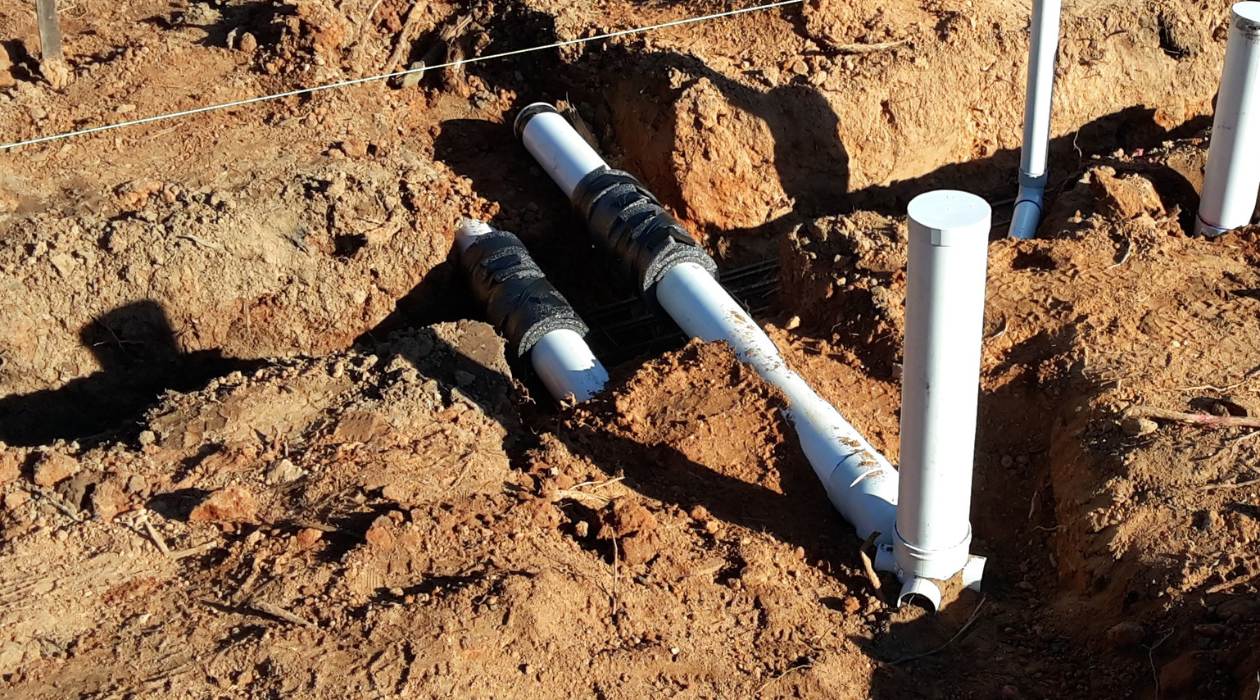
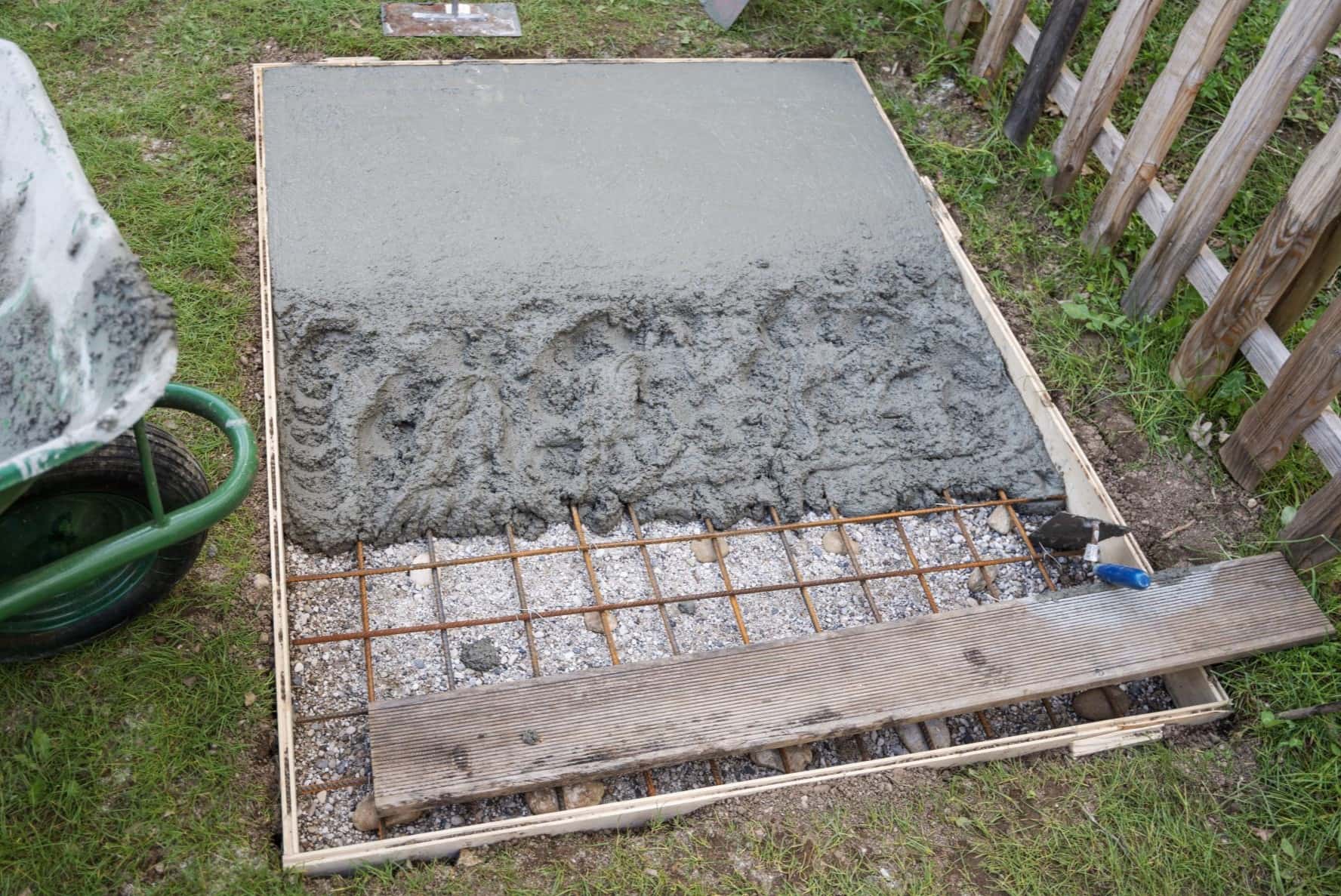
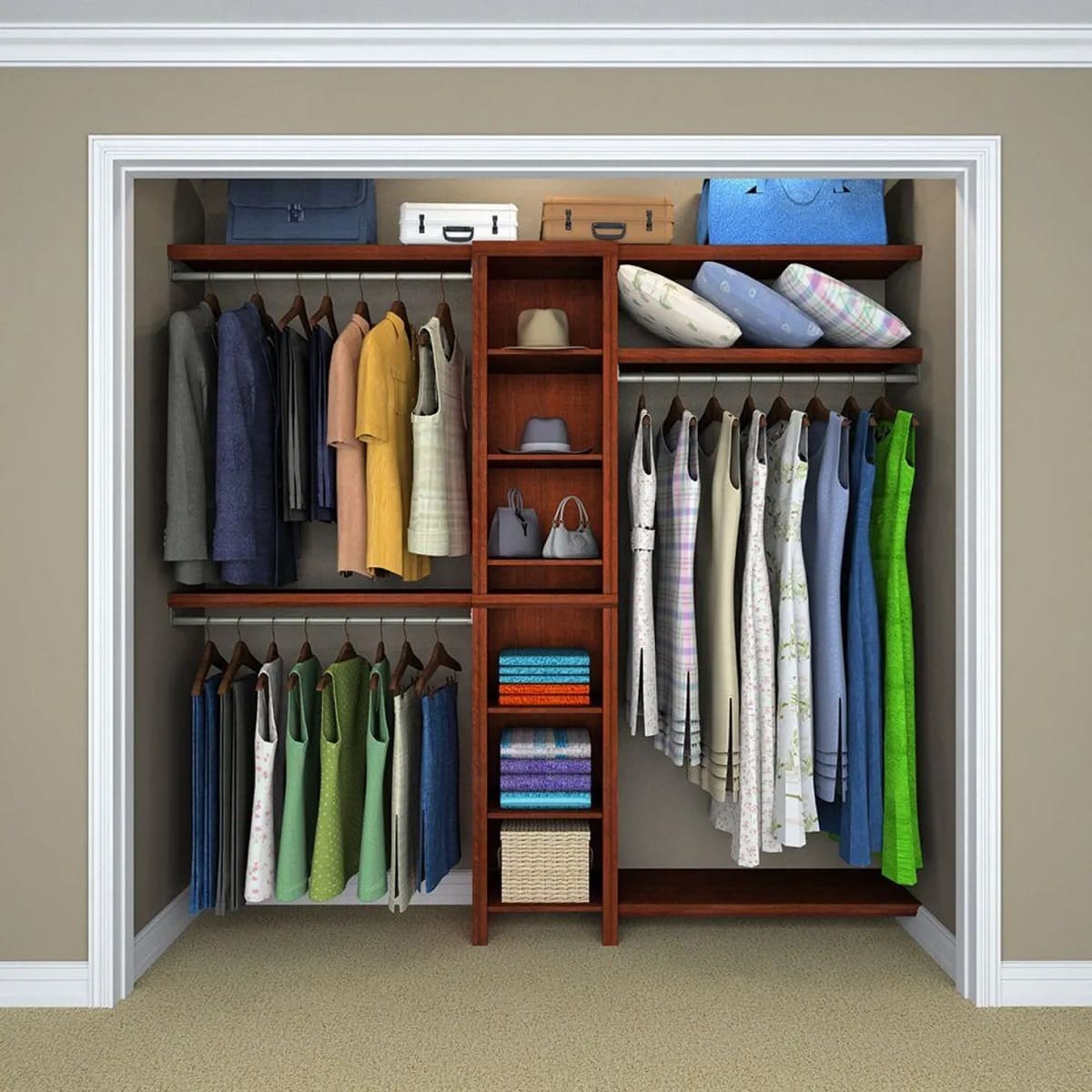
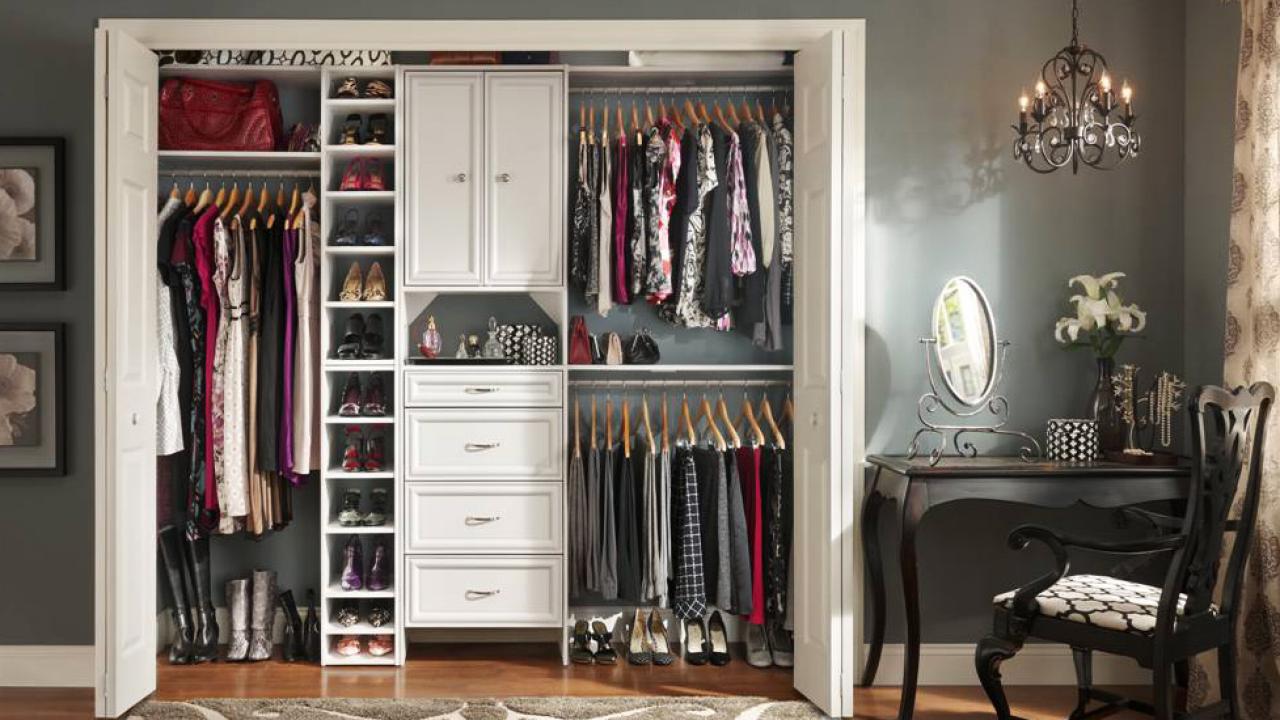

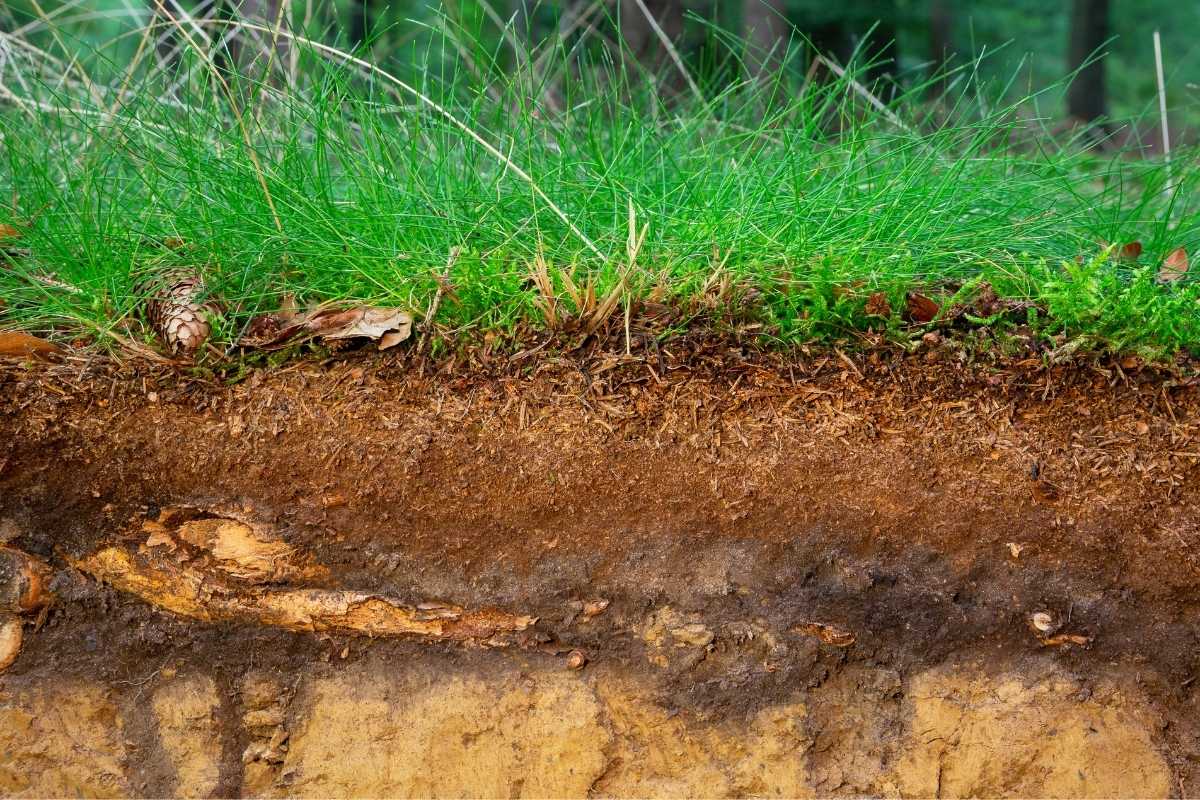
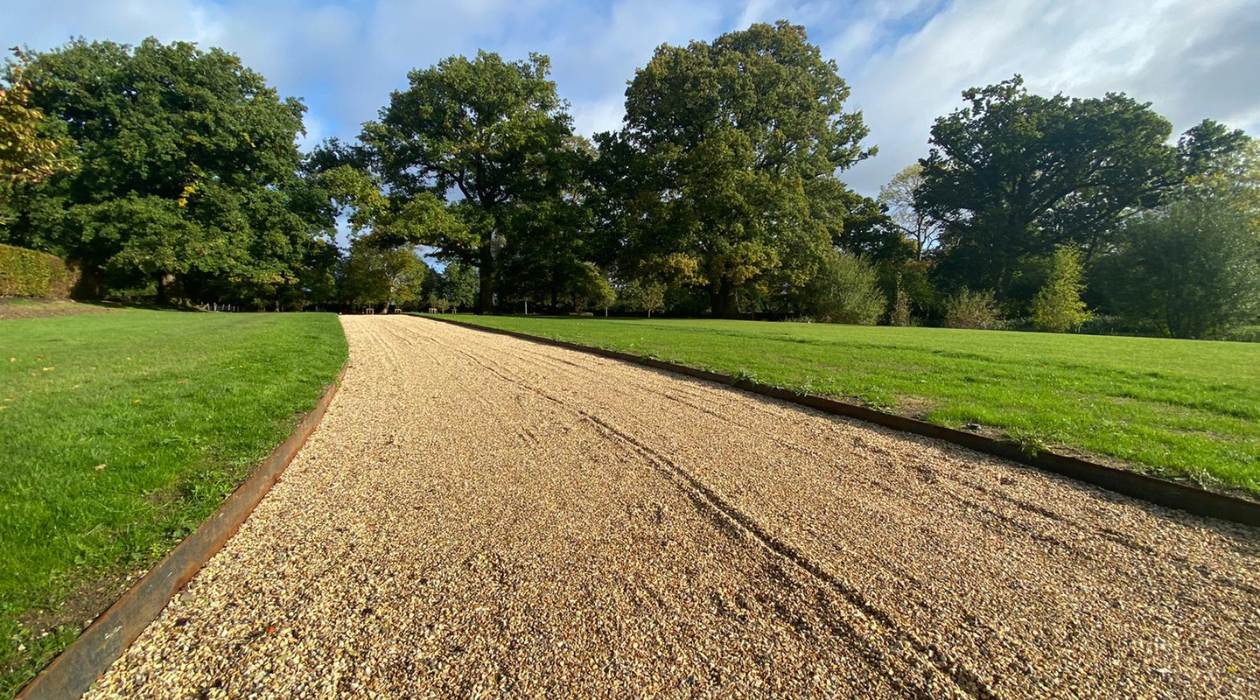

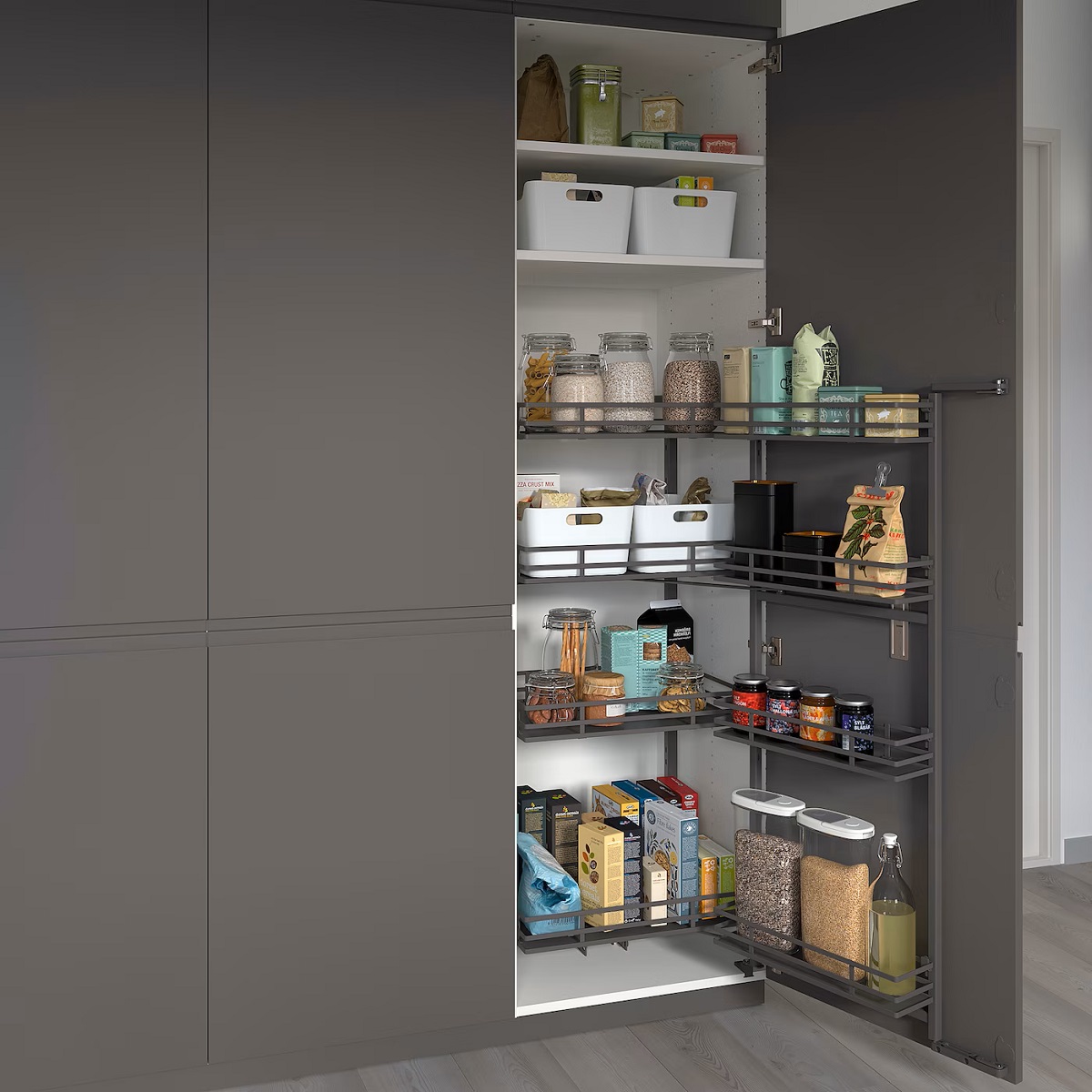

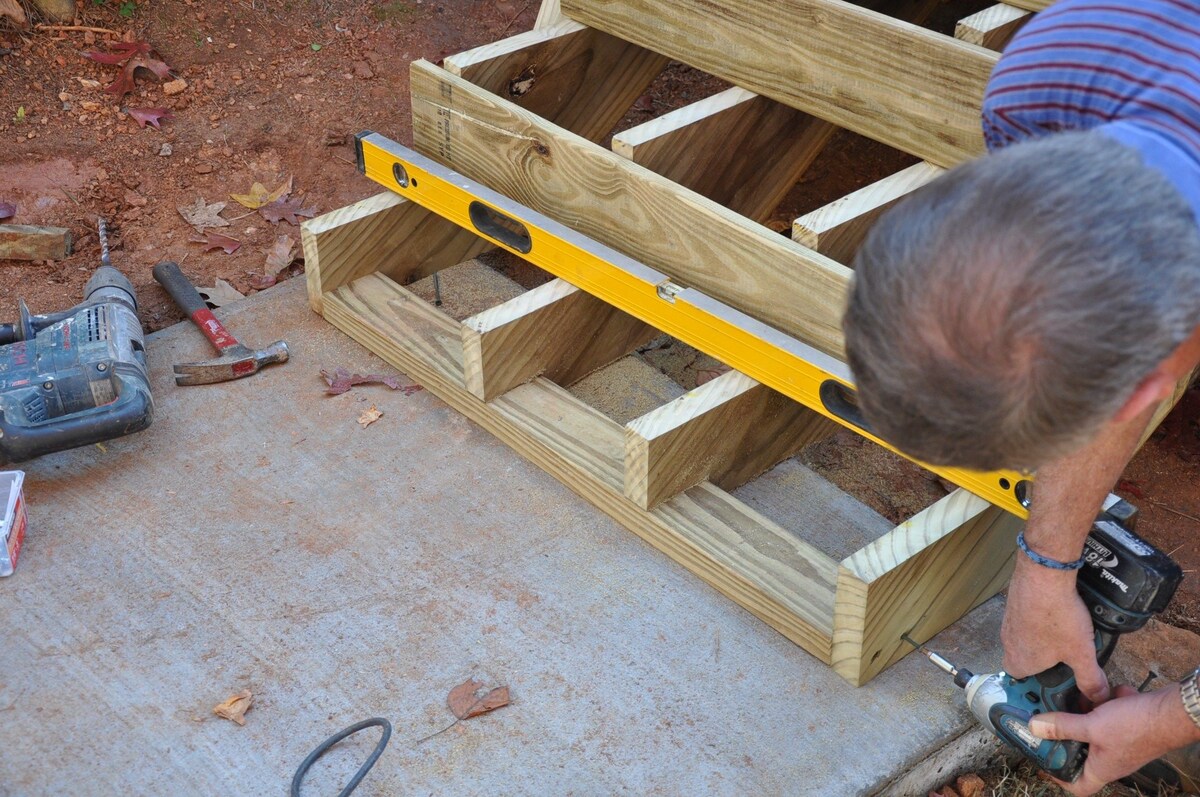
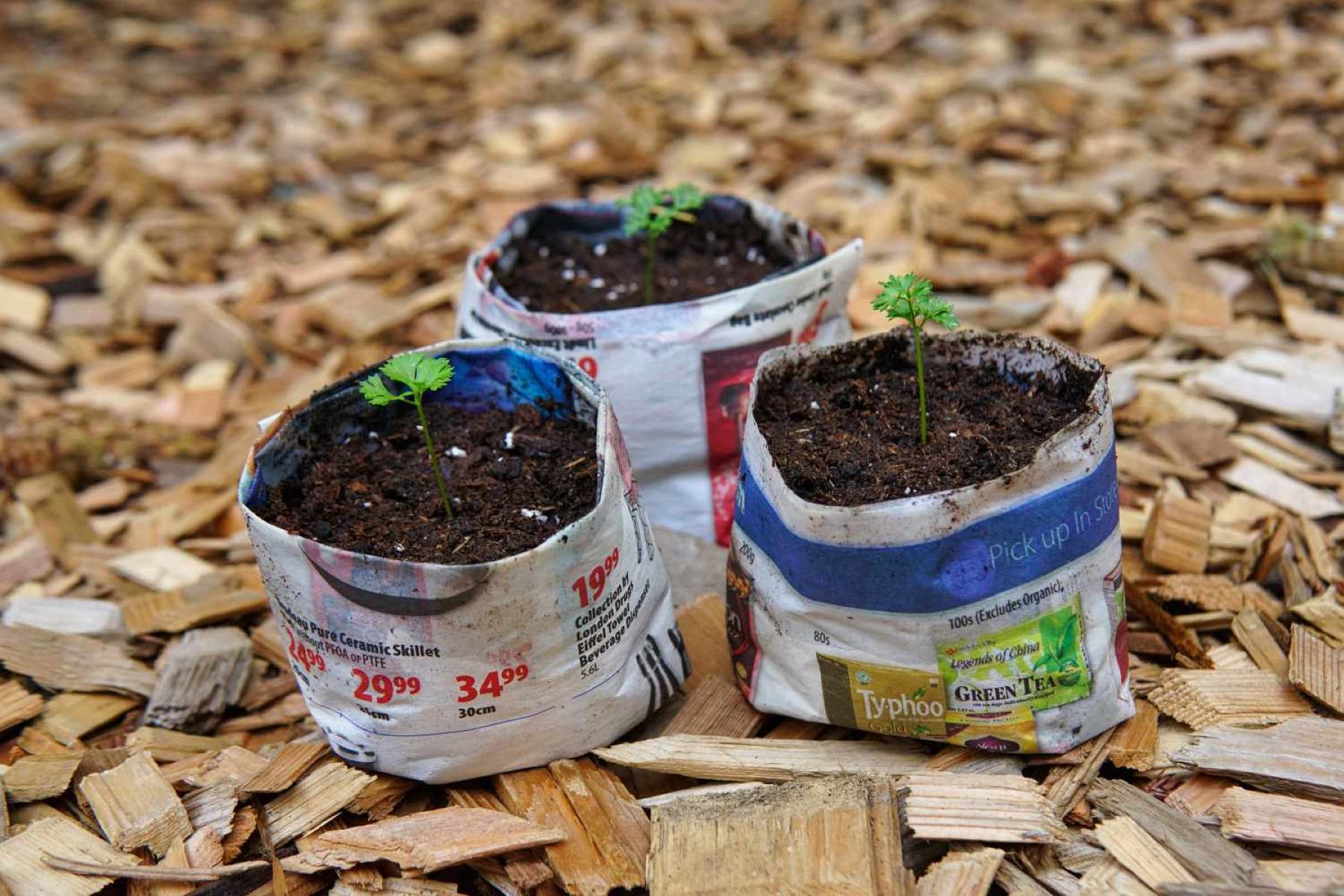
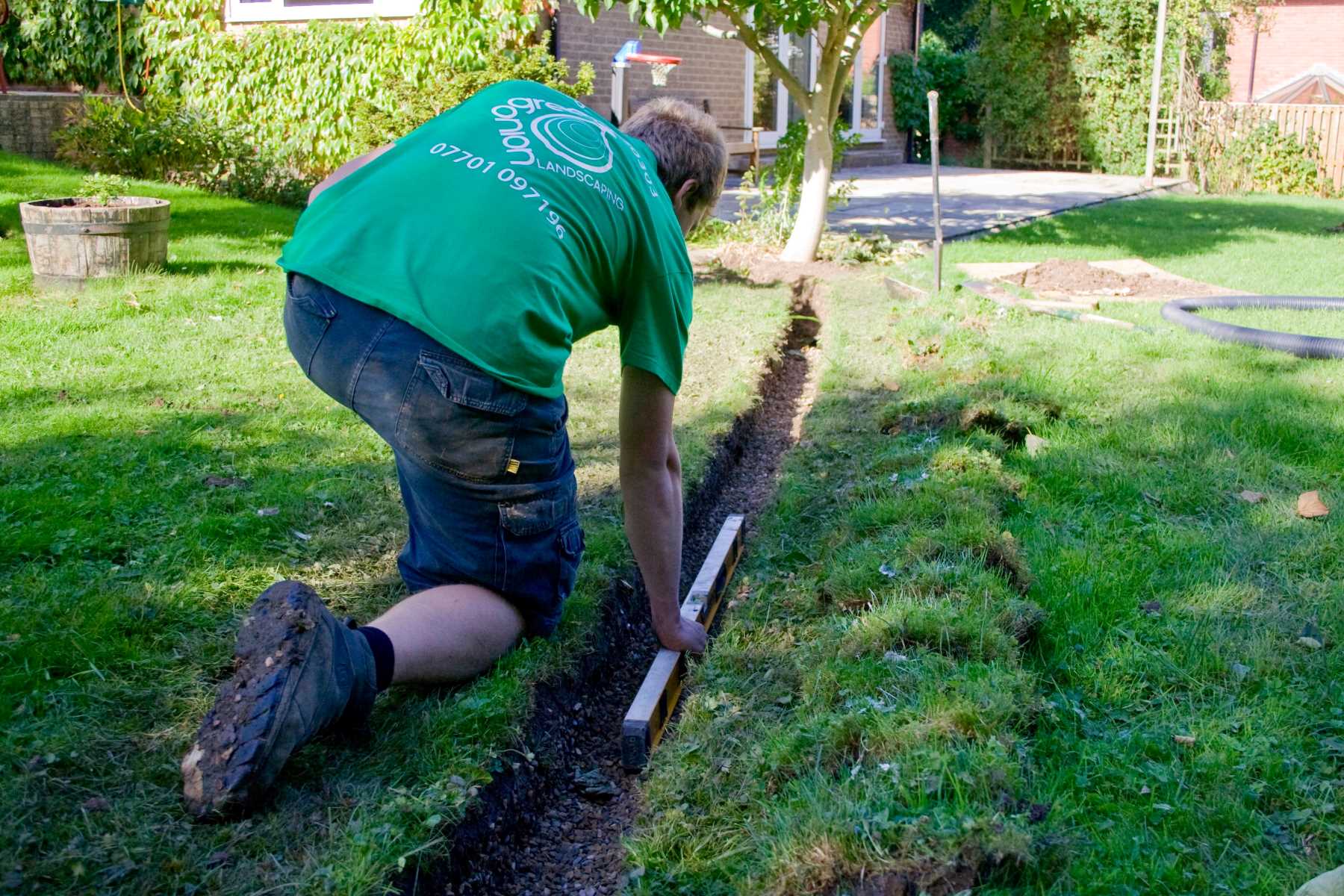
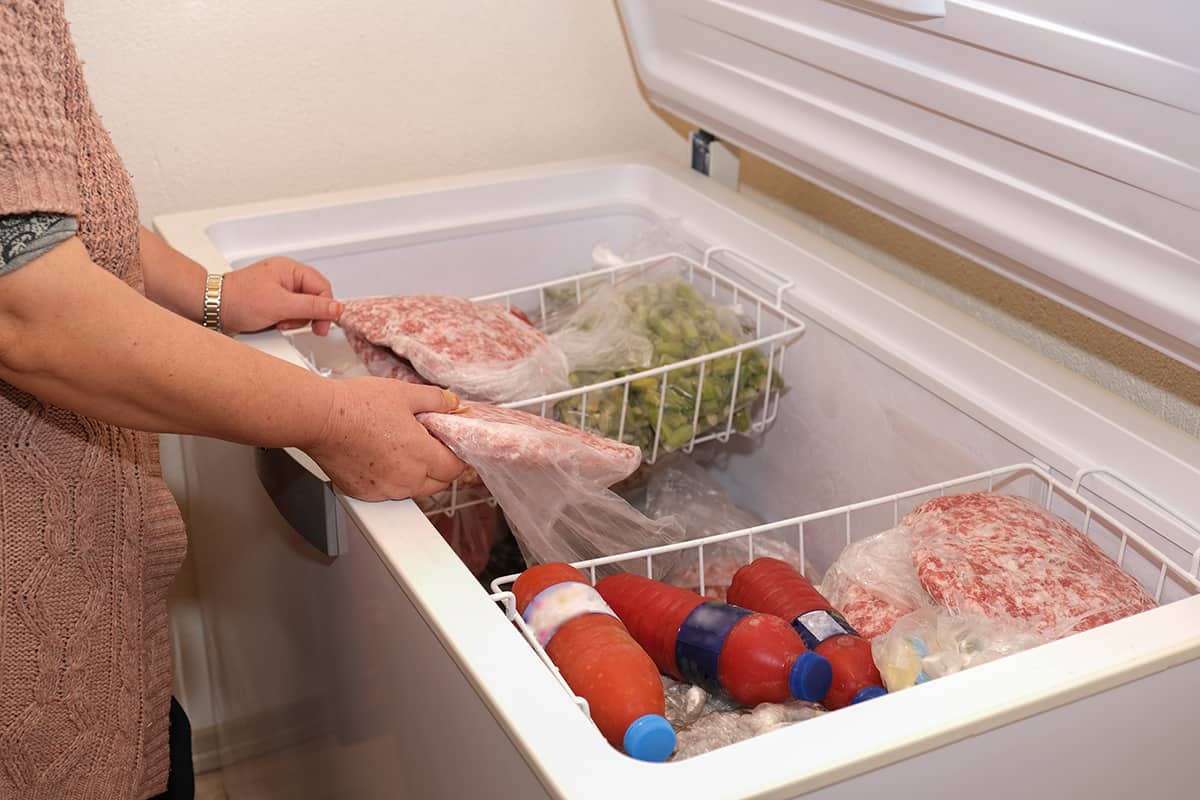

0 thoughts on “How Deep Should Plumbing Be Under A Slab”